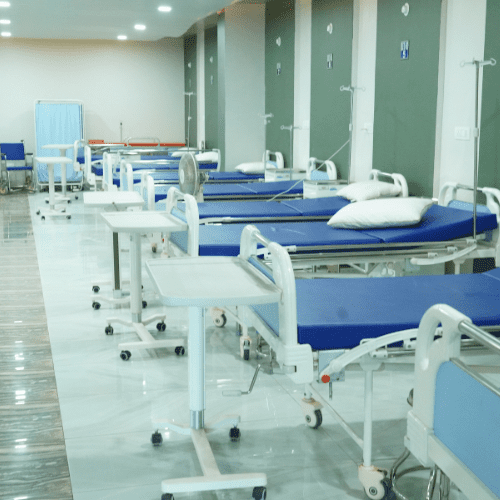In the ever-evolving landscape of healthcare, technology plays an indispensable role in delivering efficient, accessible, and high-quality services. However, a significant divide exists in the realm of Health Information Technology (Health IT), where many underserved communities struggle to catch up. Non-Governmental Organizations (NGOs) have emerged as dynamic players in this field, stepping up to bridge the gap and empower communities through innovative solutions. By utilizing their resources, expertise, and grassroots connections, NGOs are championing the cause of equitable health tech access, transforming lives one community at a time.
Empowering Communities: NGOs as Health IT Trailblazers
NGOs have become the vanguard in the mission to democratize health technology. By harnessing local knowledge and community engagement, these organizations create tailored solutions that resonate with the unique needs of each population. For instance, NGOs often collaborate with local health workers to design user-friendly mobile applications that facilitate patient monitoring, appointment scheduling, and medication reminders. This localized approach not only improves digital literacy but also promotes a sense of ownership among community members, fostering a sustainable ecosystem for health IT.
Furthermore, NGOs actively invest in training programs aimed at enhancing the digital skills of healthcare providers. Workshops and hands-on training initiatives empower healthcare professionals with the knowledge needed to utilize the latest technologies effectively. As a result, doctors, nurses, and health workers can stay abreast of emerging trends, ensuring that they deliver optimal care to their patients. This capacity-building effort ultimately leads to improved health outcomes as communities become more adept at using technology to manage their health.
Additionally, NGOs often act as advocates for policy changes that support increased Health IT adoption. By collaborating with governments and other stakeholders, they push for infrastructure investments, funding, and regulatory frameworks that facilitate equitable access to health technologies. This advocacy work not only strengthens the overall healthcare system but also amplifies the voices of marginalized communities, ensuring their needs are heard and addressed in health policy decisions.
Connecting the Dots: Bridging Gaps in Health Technology Access
In today’s interconnected world, the digital divide is not merely an issue of technology availability; it’s about ensuring that marginalized communities can harness the full potential of health IT. NGOs are working tirelessly to bridge these gaps through innovative initiatives and strategic partnerships. They often develop programs that provide free or low-cost access to health technology, enabling individuals to benefit from telemedicine services, electronic health records, and health education resources. By addressing financial barriers, NGOs ensure that even the most vulnerable populations can enjoy the benefits of modern health care.
Moreover, NGOs play a crucial role in creating awareness about the importance of Health IT and its impact on public health. Through community outreach programs, they educate individuals about available health technologies and how to use them effectively. This grassroots engagement not only promotes healthy behaviors but also encourages individuals to take charge of their health journeys. By connecting the dots between technology and health literacy, NGOs empower communities to navigate the healthcare landscape with confidence and knowledge.
Finally, international collaborations with tech companies and academic institutions enable NGOs to bolster their impact. By leveraging the expertise and technological advancements offered by these partners, NGOs can implement cutting-edge solutions tailored to specific community needs. Such collaborations can lead to joint ventures in developing applications, conducting research, and sharing best practices across borders, ultimately creating a global network of support for health IT initiatives. In doing so, NGOs not only bridge the gaps within their communities but also contribute to a more connected, technologically adept global health environment.
As we look to the future, the role of NGOs in bridging the health IT divide is more critical than ever. Through empowerment, education, and collaboration, these organizations are transforming the way communities interact with health technology, ensuring that no one is left behind. By championing the cause of equitable access to health resources, NGOs are not only improving individual health outcomes but also nurturing a healthier, more connected society. With their unwavering spirit and innovative approaches, NGOs continue to inspire hope, proving that the journey towards accessible health IT is a shared path we can all walk together, hand in hand.




